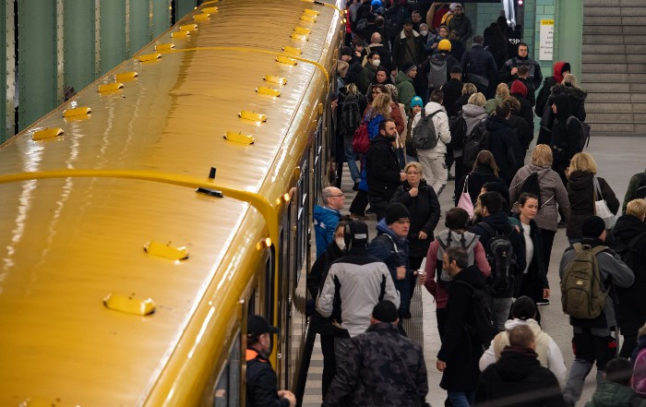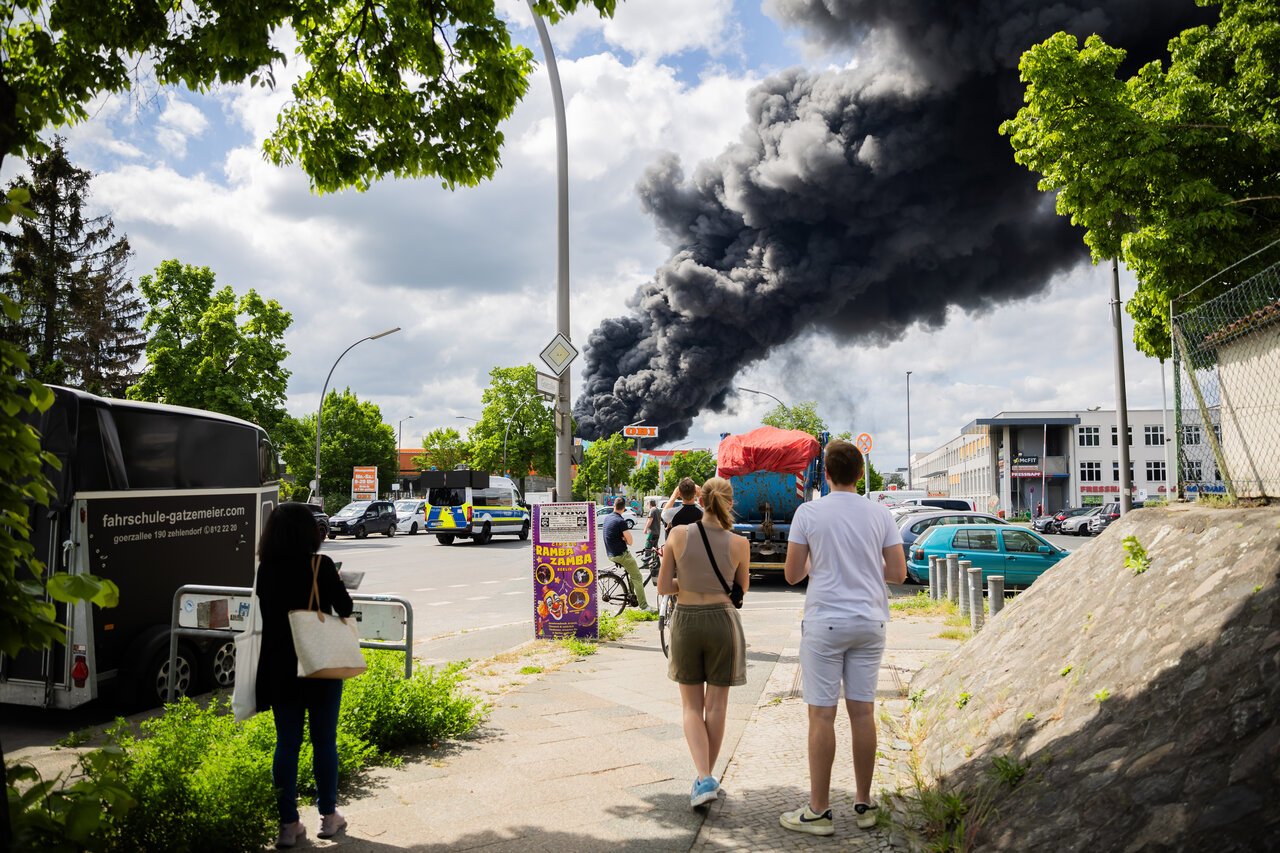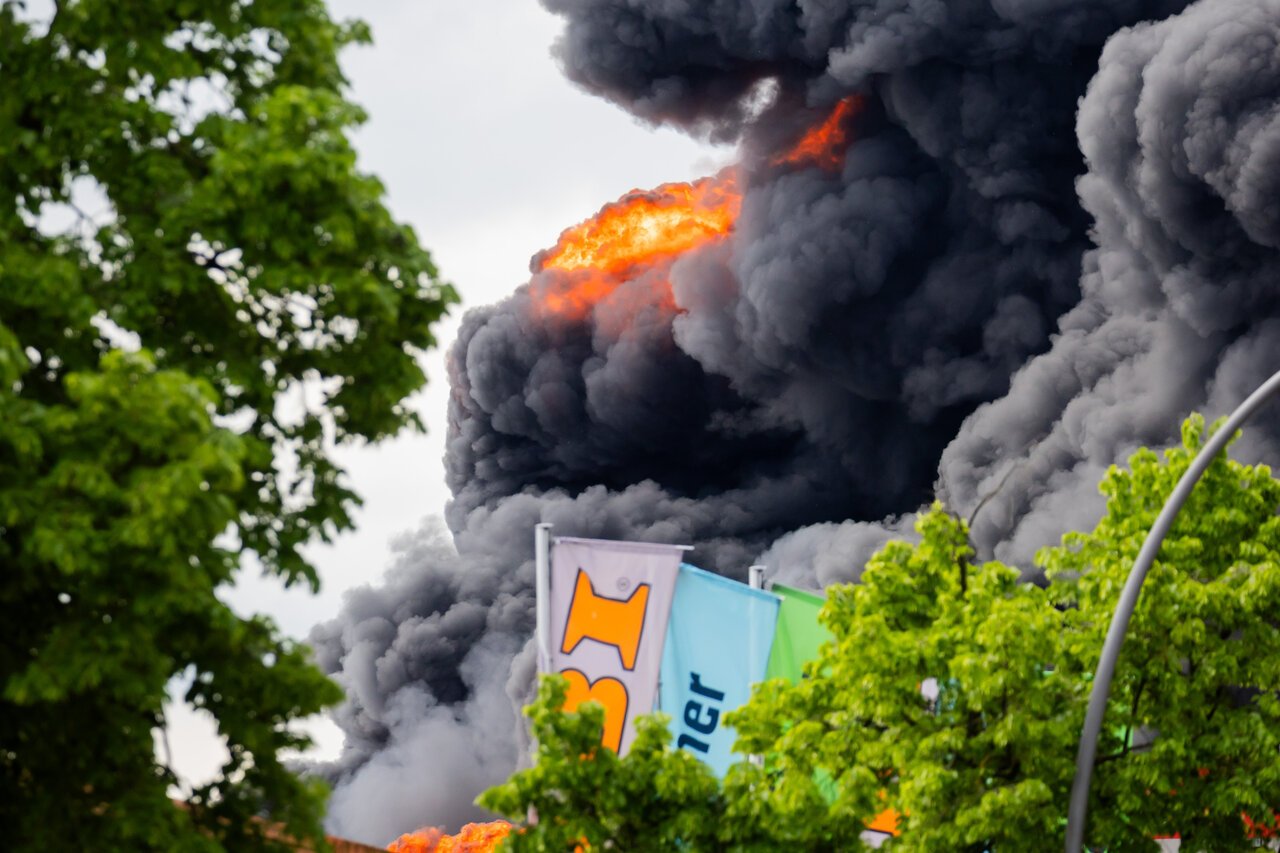“This is of course to be welcomed from a passenger perspective,” Pro Bahn Berlin-Brandenburg press spokesman Thomas Schirmer told regional broadcaster rbb.
Semi-automated underground trains are trains that run almost entirely on their own, but still assisted by a driver. The tender is to be published this year, reported the Tagesspiegel, referring to BVG board member for operations Rolf Erfurt, but full construction could last decades.
Could Berlin follow the lead of Paris?
Berlin’s U-Bahn system is currently not automated at all, meaning that the driver has to do everything themselves, be it opening and closing doors, or starting the train.
In the highest type of automation, such as that used in Paris, the trains travel from stop to stop without a driver.
For the time being, BVG intends to take a middle ground. According to the regional daily Tagesspiegel, a semi-automated U-Bahn is planned in which there will still be a driver. He or she would continue to be responsible for controlling the doors and triggering the departure of the train on the platform.
The rest, however, would then be achieved through automation. To avoid collisions with other trains, the trains would communicate with each other and directly coordinate their movements.
READ ALSO: How Berlin is planning to dramatically expand its U-Bahn network
How long will it take to complete?
The road to a semi-automatic underground railway can be a test of patience in Berlin. According to the Tagesspiegel, the BVG has calculated that a maximum of two underground stations could be converted per year.
BVG would probably like to limit itself to the U5 and U8 lines for the time being. But these two lines alone have a total of 50 stations.
According to BVG’s own calculations, it would take at least 25 years to convert all of the trains in Berlin’s network, which currently serves 175 stations.
What challenges would an automated U-Bahn pose?
Critics have questioned just how accessible automated trains are. If a person in a wheelchair wants to board a U-Bahn, he or she can currently get help from the driver. The driver then unfolds a ramp, for example, so that the person in the wheelchair can board the underground without barriers.
This would still be possible in a semi-automated underground train, as a driver would still be on board. But what if automation progresses? When there is no driver on the train at all? “Even then, accessibility must be taken into account,” says Thomas Schirmer from the passenger association Pro Bahn Berlin-Brandenburg.
“It’s quite simple: if there is no accessibility, then self-driving trains won’t do us any good,” says Schirmer. He calls for mobility service staff to be present on platforms where automated or semi-automated underground trains start to run in future.
“People with limited mobility must be taken along. Whether a wheelchair or pram, it doesn’t matter.”
It is not yet clear when the BVG’s tender will be published. Only time will tell how long the tendering process and the subsequent conversion will take.





 Please whitelist us to continue reading.
Please whitelist us to continue reading.
Fully automated Underground trains have been running in Copenhagen since 2002. In several other cities as well, like: London, Lille, Milan and Turin.